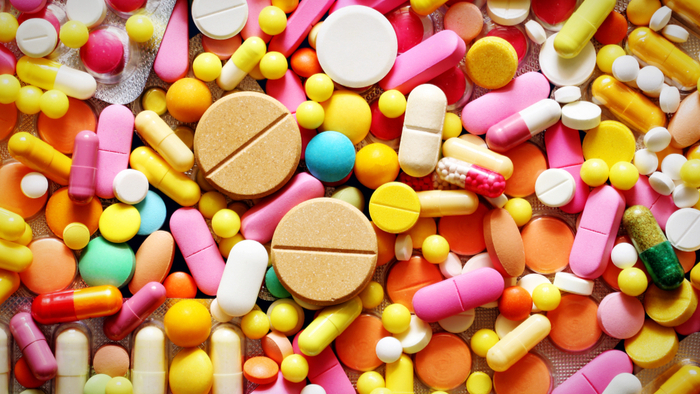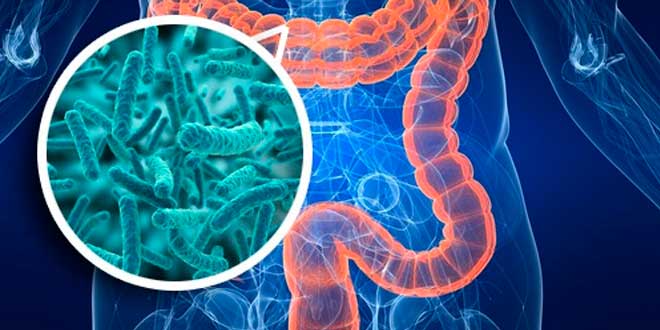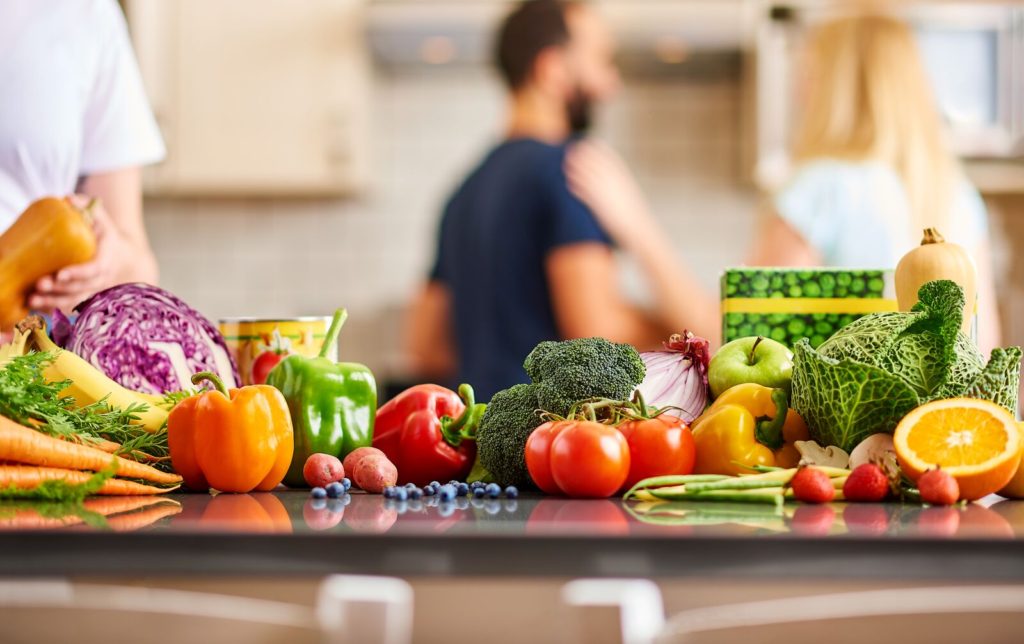By Soheir El Shazly
For years I went without taking a single dose of antibiotics. I started my health journey a long time ago, and one of the primary things I became aware of are the detrimental effects of antibiotics on our bodies.

As a child I was given antibiotics for every ailment, be it dental procedures, a sneeze, or cold weather, antibiotics were always the answer. Knowing this about my past scared the hell out of me when I finally woke up, and so I made a conscious decision to survive everything else that came my way antibiotic-free.
Luckily it was smooth sailing, until I had to take antibiotics TWICE! In a very short span of time too.
So as I sat and wondered who I am and what I am doing here, I rehearsed my knowledge on the topic, and I’m going to share the lowdown here with you!
The Lowdown
Antibiotics exist for a reason, and they can be lifesaving if taken when necessary and correctly. The problem is that they are overprescribed, overused and sometimes even self-prescribed!

A little reminder that antibiotics combat bacterial infections only, and are useless at tackling viral infections. That’s why it’s important to know what bacteria are present in your system in order to take the right antibiotic for it. Sometimes your body is capable of combating bacterial infections on its own too, if given the chance.
Continuous use of antibiotics causes detrimental effects on our gut microbiome and mitochondria. They work by killing bacteria, whether it’s the good kind that supports immunity and digestion or the nasty kind. Every dose of antibiotics keeps wiping out your gut healthy bacteria so it is a good idea to be certain if you actually do need them.
What Now?
If you’ve been defeated and need to take antibiotics, here are a few things you can do:
- Replenish good bacteria – You can do this by taking a probiotic supplement during and after antibiotic use. Ensure a window of 3 hours at least in between taking the antibiotic and the probiotic as they can cancel each other out if taken simultaneously. After completing the antibiotics course, take as many as 3 a day at the early recolonizing stages. You can also eat probiotic-rich foods, such as natural yogurt, homemade pickles, and sauerkraut.

- Heal the gut – Think bone broth, collagen and glutamine supplements. Drink an extra load of water and eat plenty of vegetables to help move things along and out of your system.
- Heal the mitochondria – These are the powerhouses of our cells that help with digestion, immunity and the function of every cell in our body. Support them by taking B vitamins, zinc, magnesium, and antioxidants (eg. Berries and other dark-colored fruits and vegetables).
- Support the liver – A vitamin D supplement and omega 3s should do the trick. You can eat fatty fish such as salmon and tuna for the omega 3s. Also, high-sulfur veggies, like broccoli and brussels sprouts are great liver detoxifiers. Or just pop the supplements; vitamin D and fish oil.
- Stop bacterial overgrowth – Because antibiotics destroy good bacteria too (that usually keep the bad bacteria in check), it is important to avoid foods that allow bad bacteria to thrive, like junk food and sugary foods. Starve them by eating a diet rich in green vegetables. Avoid grains and refined flours too if you can.

Next time you cough, sneeze, or there’s a breeze, do not automatically reach for the antibiotics, dig deeper. And if you do end up having to take them, well now you know how to heal your gut afterward.


